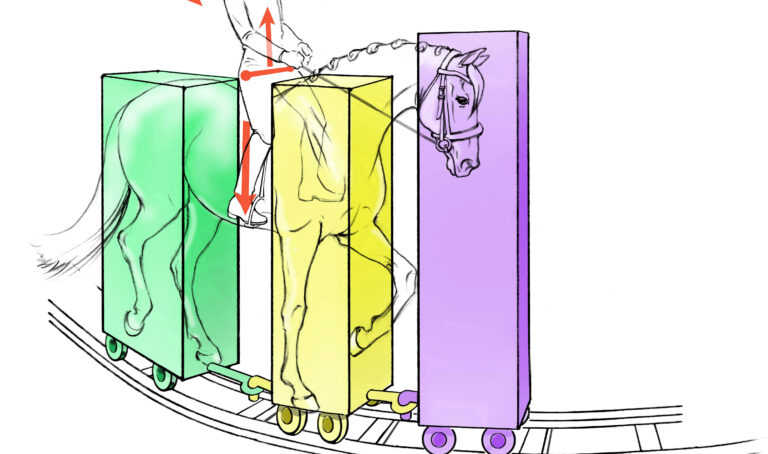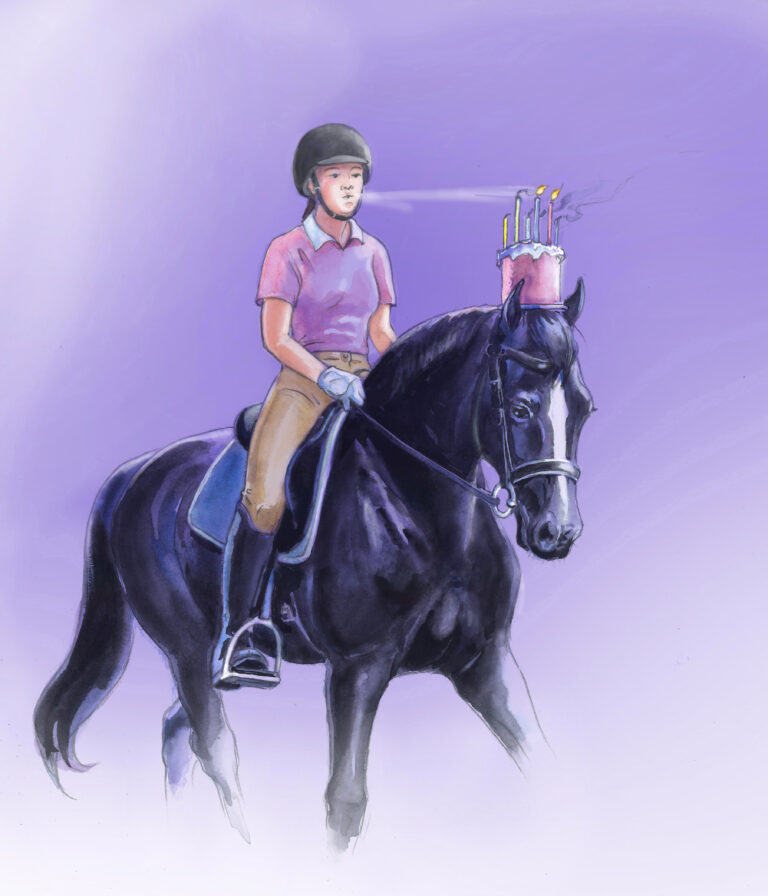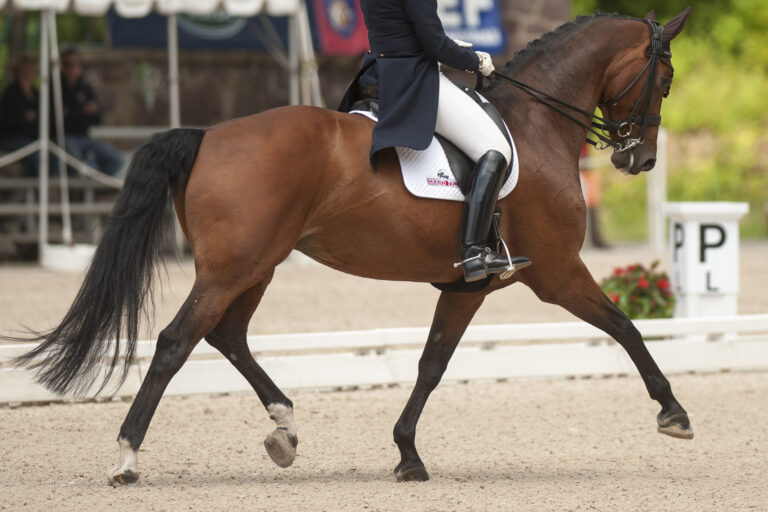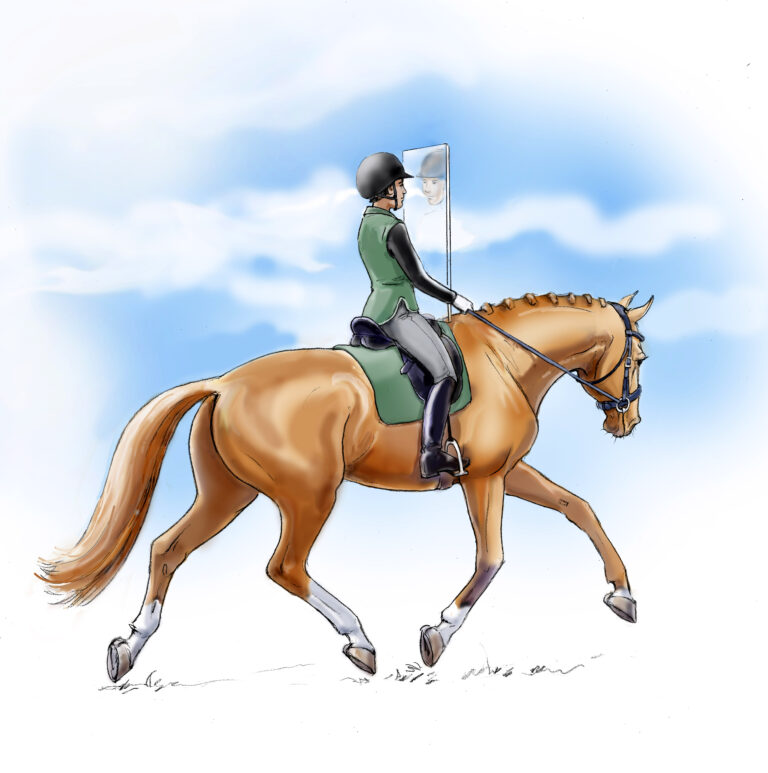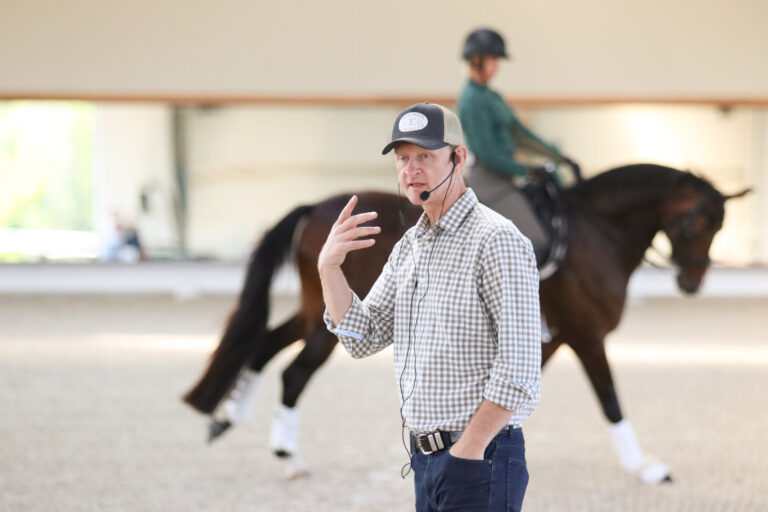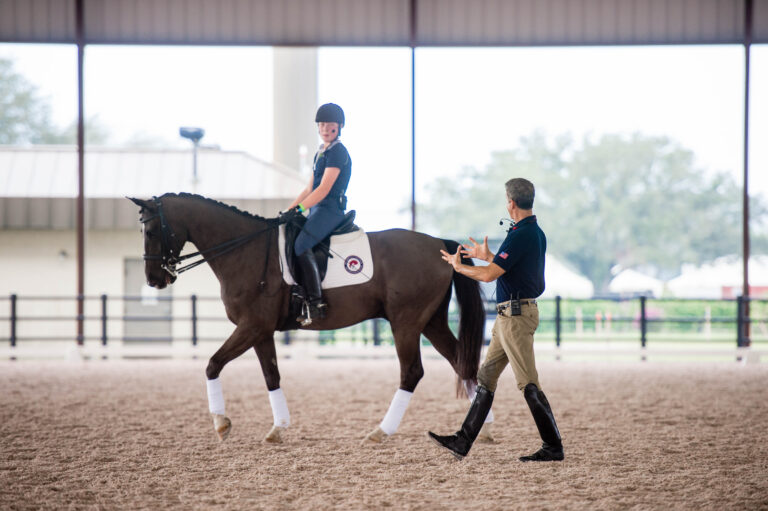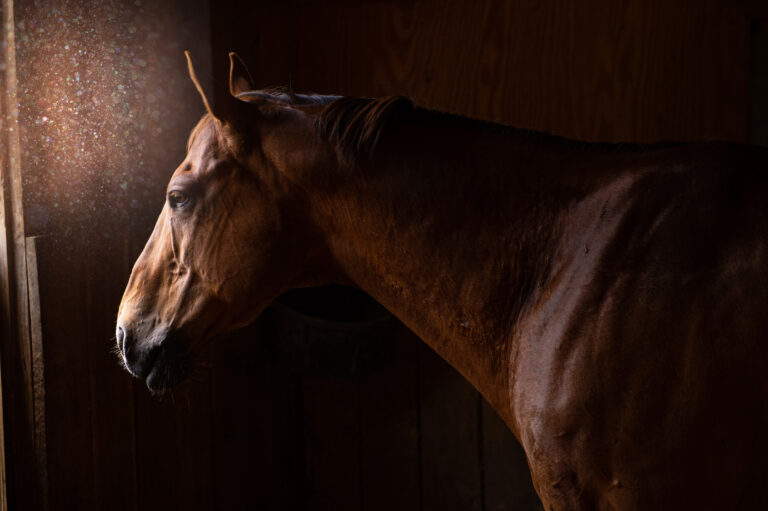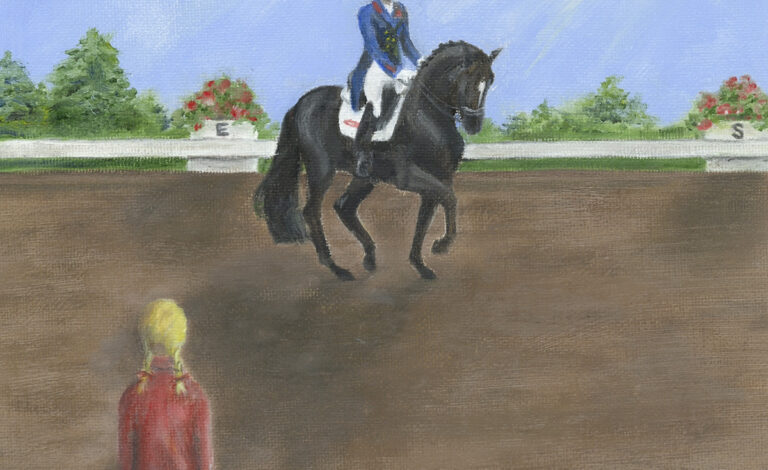Grand Prix trainer and competitor Nicholas Fyffe is an advocate for the Pura Raza Española (P.R.E.) as a legitimate top dressage horse. He also rides warmbloods at the high-performance level. Here’s what he had to say about his training philosophy and his P.R.E. mount, Fiero HGF, in an exclusive interview with Dressage Today.
Does a horse’s breed affect your approach to training?
Nicholas Fyffe: Each horse is an individual, whether he is a Spanish P.R.E. or a European warmblood. I don’t find that there are vast breed-specific differences, but that each individual horse has his strengths and weaknesses that must be addressed in the daily training. I take a similar approach to each horse because I find that the Spanish horse, compared to the warmblood, is not that different. Remember there are all sorts of warmbloods and there are all sorts of Spanish horses.
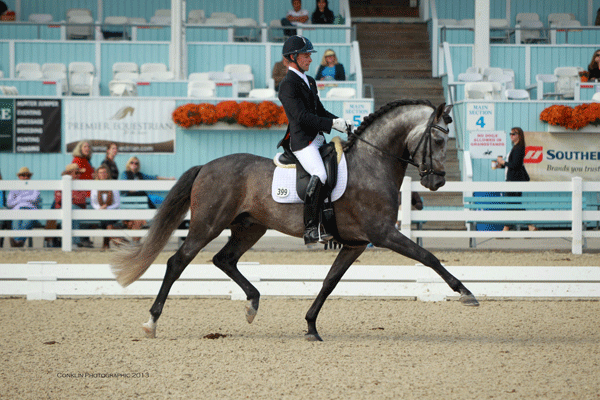
Getting any horse to the FEI level takes daily discipline. Whatever the horse’s breed, if my riding is clear in the communication, the daily training results in steady improvements. My job as the trainer is to develop each individual horse’s strengths and improve on his weaknesses. I do not find that the weaknesses vary from breed to breed, but from horse to horse.
How you identify a horse’s strengths and weaknesses?
NF: I have a general system to my riding each day that is similar for each horse, regardless of the breed, yet flexible, depending on the horse’s characteristics. If I find a problem in training, I look and ask, “What is the root of the problem?” Generally, it’s where there is something missing or a gap in the basics, so then I try to take a step back and address that. If I feel that I’m secure in the basics and I have a problem within a movement, I take a look at myself and what I’m doing to perhaps create a misunderstanding in what’s being asked, in how the horse feels, hears and sees me and how I communicate with him. My job is then to communicate in a clearer way that the horse comprehends.
For example, when working with any horse that the goal is FEI, I start day one with systematic training, even if that means simply hand-walking the horse from the barn to the paddock or barn or arena. If I think the walk will be the weakness, I address it. The gaits are the most important.
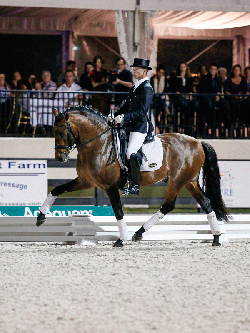
Tell us about your P.R.E. horse, Fiero HGF.
NF: My 6-year-old P.R.E. stallion, Fiero HGF’s (bred by Hampton Green Farm) strength is that he never says no. He’s a very willing horse. He finds all of the movements very easy.
His weakness is that he is so generous that it can be easy to ask for more than he’s physically ready to give. His physical strength hasn’t yet caught up to his emotional ambition.
The very first day I worked with Fiero on the ground, I was aware of the fact that I needed to focus on the quality of his walk. Fiero has a very good walk, but it has taken time to develop it to the level needed for international-level competition. Even the way I hand-walk him, I insist that he must walk in a perfect rhythm and be very aware of me and my personal space. It’s simply rhythm, relaxation and submission on the ground. I believe this translates to him being under saddle. Every time I’m riding him in the walk, I concentrate on the rhythm and that he has a clear overtrack.
I’ve done that for three years, and now he shows a great walk because that’s the only walk he knows. I feel that when I show a P.R.E. I have to present the walk even a little better than I may do on a warmblood. I know that P.R.E.s perhaps have a reputation for a weaker walk, and some dressage judges are looking extra-close to see if this is the case.
What is your program with him like now?
NF: I generally begin with at least 10 minutes of walk every day, whether we are at home or a competition. Then I take up the reins and begin the trot work. In the beginning, I ride long and low in both directions, making sure Fiero is flexible and reaching for and comfortable with the bit. I check that he is reacting forward from small leg aids while staying supple (left and right). I must always feel that I have access to additional energy.
I make it a point to be certain that he is moving forward on his own, with—hopefully—an immediate answer from a tiny aid, before going on to the next aspect of training. I always say, “The horse isn’t a bicycle that you have to keep pedaling. He should be on cruise control.”
The first time I apply an aid, I always give the horse the benefit of the doubt that he will react from the smallest aid possible. Then, if he doesn’t respond, I immediately react with a sharper aid that is sure to elicit the forward result. Next time, I give him the benefit of the doubt and ask with the slightest aid again. My goal, over time, is to have the horse react to the lightest aid possible—the first time, every time.
Once I have the forward within the suppleness, I generally walk again for a break and reward. Next, I pick my horse up in the trot, developing a more mature frame, and begin adding lateral work of shoulder-in and half pass while testing his forward and collected responses. Then it is time for another focused walk break.
Next I work on the canter in a mature frame, which includes suppling exercises consisting of haunches-in, half passes and on some days working pirouettes.
Again, I will still test that he reacts forward from a tiny leg aid and maintains the momentum forward when I want to compress him. After that, I may test the collection again in the trot and practice half steps. That’s the general system every day, and I do the same at shows. Each day I will focus more on one gait or movement.
As Fiero develops, so does his repertoire of movements. I am not able to, and I don’t need to, cover every higher-level movement daily, but I want to have the feeling that I could if I attempted them.

How do you approach work on rider position?
NF: My goal in my ride is to always find a place where I can be completely neutral with my body. Yes, I sit tall with the core of my body stabilized, but I want my horses reacting to the first and smallest aid possible.
The reward for the horse who responds this way is to know that I always return to neutral. I try to get back to neutral because I find that’s the most comfortable way for a horse to carry me. I try to get inside the horse’s mind and get a perspective of what it would feel like to carry a rider. So I try to sit as still and as loose as I can because when I do put on an aid, then the horse can easily hear me.
It’s as if someone is screaming at me all day. After a while, I don’t listen to him anymore. But if someone doesn’t say very much, when he does speak to me, I really hear him. When I speak to the horse from the neutral position, the movement of my leg, seat or body is small but should be easily heard.


